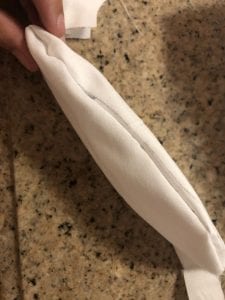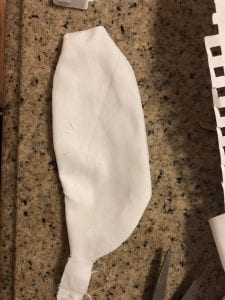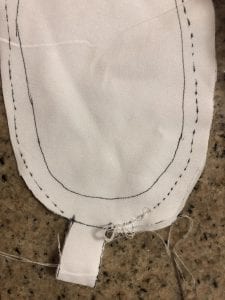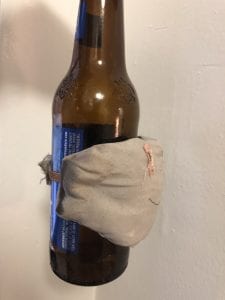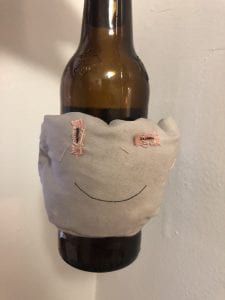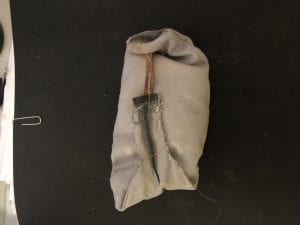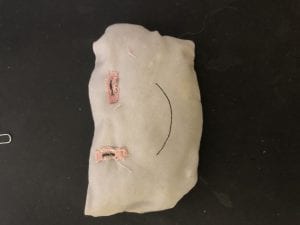Harmita Singh
Sustainable System
Water and Materials Experience and Analysis (EA):
The Natural Dyeing Exercise
A Record of Your Scientific Method
Date and Season: 8th April 2019 / SPRING
Predict what plants might be available for sale and list them here:
- Lettuce
- Onions
- Arugula
- Carrots
- Beets
- Spinach
- Kale
- Broccoli
- Cauliflower
Plant (s) Collected:
Spinach, Onions and Tea Leaves
Why did you collect this plant for the purpose of creating a natural dye?:
I decided to make a hand pad which could be used for several purposes. My main idea for creating this product was for people with a condition of sweaty palms and for countries where the temperatures are too hot to drive with bare hands as the sunlight heats up the starring wheel really fast.
I collected these specific kinds of plants as they were of very different color and I knew they would also produce different results.
I wanted to choose avocado skin at first but that seemed like a very common natural dye so I wanted to try out something different that would also increase my knowledge of natural dye.
Location Collected (insert image of the plant and location?) Ask the vendor questions about the item you chose. What is the growing season for the food or plant item? Where is the farm located? Where do the items come from? Map it.:
I collected these materials from my very own kitchen. I wanted to find natural dyes that I am surrounded by but don’t realize because we take these ingredients for granted.
I bought spinach from a local store nearby and some of the spinach was old and rotten which I usually throw away but since I was working this experiment I chose to use the leftover spinach as a natural dye that would leave to zero waste.
Spinach at this local store was imported from New Jersey. After researching, I found that California is the largest spinach producing state with most of its production happening near the coastal area. However, the vegetable is also grown in Arizona, New Jersey, and Texas.
Turmeric, Onions and tea leaves are found all year round. These are found and grown in many states and are easily available. Some of the states include Texas, California, Georgia, Arizona, Washington, New York, Colorado, Florida.
It amazes me how food is grown somewhere, refined and sorted elsewhere and then further distributed.
Provide a map of the region that the plant comes from and pinpoint the farm or sites located on the map. You can use Google Maps and drop pins on your site. Grab a screenshot and include it in your final report.
Part of the plant used and the amount:
Onion: The skin
Spinach: The leaves and the Stem
Turmeric: The powder
Tea Leaves: Refined tea leaves
What do you predict will be the outcome?
Extraction process notes (include reflections on what happens in the process of your analysis):
Dye Recipe: First you make the natural dye by adding the material Eg – Spinach, onion skin) + water. You boil it for about 10 minutes till the vegetable or material gives out its color. You then soak the pieces of cloth you want to dye in the natural dye you made.
Then you add water and mordant in 4 different cups namely: Soda ash, mineral black, alum, and cream of tartar.
After the cloth has been soaked in the dye for about 10-15 mins put the 4 different kinds of cloth(s) in different mordant and leave them in for about 10 minutes. The solvent will slowly react and dye the cloth with a certain color.
Material(s): Linen, Wool, Polyester+ cotton
Dye/volume: 1 full cup.
Mordant/amount (measure given amount using measuring spoons):
¼ of a teaspoon of each cup
Additions/amount (What changes did you make? Pull some material out for each stage of trial):
I added a material that was made of polyester+ cotton. It did not give me the best results in terms of saturation however I did like the faded colors it left. For the hand pad, I am working on I do not want bright striking colors. I am looking for more subtle colors which is why I chose the polyester+ cotton to be my material for the final product.
Further Recipe Notes:
– Let the material boil in water and leave its color slowly. Keep mixing it.
– Let the fabric be left in the natural dye for at least 10-20 mins
MAKING PROCESS
MY MULTIPURPOSE OBJECT- hand stitched
There would be a wide range of users for this hand pad. It could be anyone from the age of 10- 60 years old. However, the kind of users would be specific. This hand pad is creatively and specifically designed for two kinds of users. One, for people with sweaty palms that have difficulty doing daily chores that could be as simple as trying to write on a piece of paper but not being able to as the pen keeps slipping to riding a bicycle. The second category of users for this hand pad would be people in extremely hot countries. For example, during summers countries like India, Oman, Saudi Arabia, Qatar get extremely hot. After having your car parked in the street for even just as short as 20 minutes it is impossible to touch the starring wheel and drive away.
It can also be used to hold beer bottles of different sizes due to the elastic.
I dyed it three different colors; red, grey and pink that was achieved from onion skin, tea leaves, and turmeric.
I personally really enjoyed this project although I am not someone who comes across as a 3D artist however this helped me open to different kinds of medium that I can further use in my art practice.
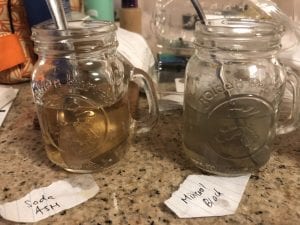
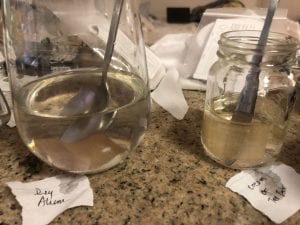
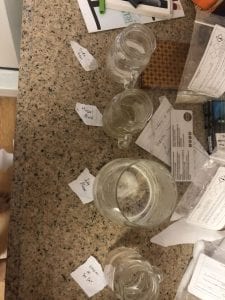
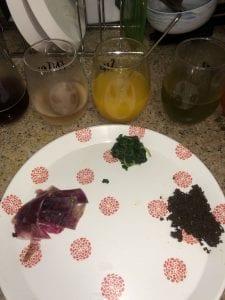
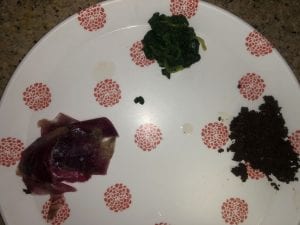
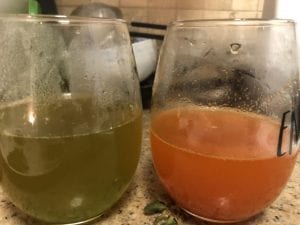
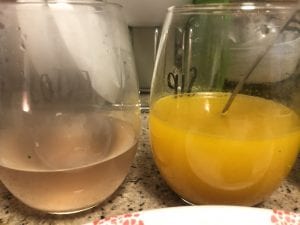
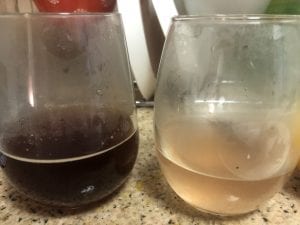
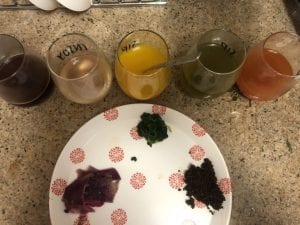
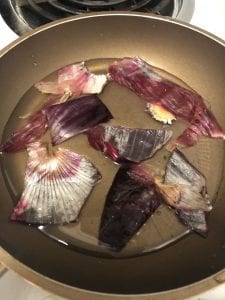
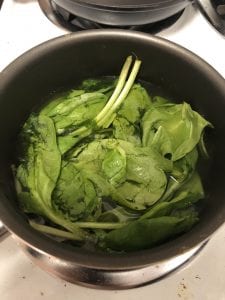
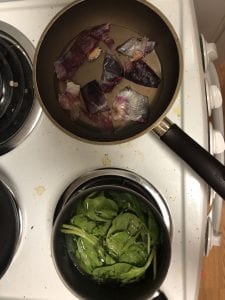 –
– 